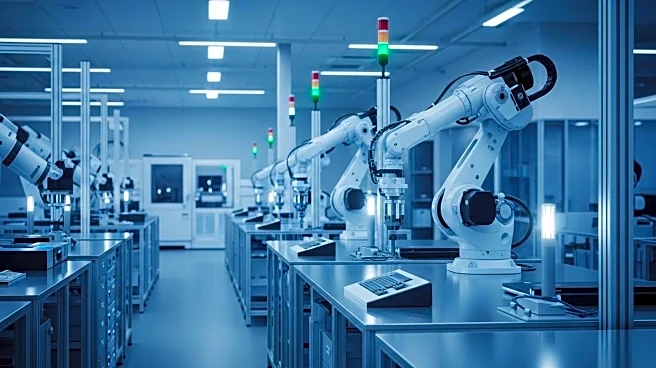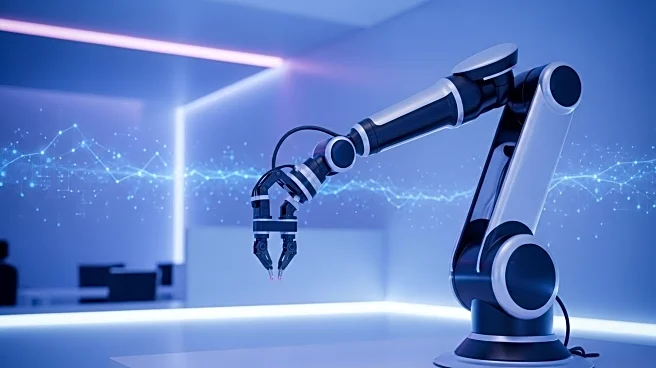What's Happening?
A recent study published by BetterUp Labs and the Stanford Social Media Lab highlights a growing issue in the workplace termed 'workslop,' which refers to low-quality output generated by generative AI tools. Despite the widespread adoption of AI to enhance productivity, the study reveals that this technology is leading to an increase in subpar work, creating additional burdens for employees and financial losses for companies. The survey, which included 1,150 full-time employees across various U.S. industries, found that 40% of respondents had encountered workslop in the past month. The tech sector is particularly affected, with 15.4% of work being classified as workslop. This phenomenon is not only a peer-to-peer issue but also affects managerial levels, with 18% of managers receiving workslop from direct reports. The emotional impact on employees includes feelings of annoyance, confusion, and offense, as they must navigate the additional workload and address the quality issues diplomatically.
Why It's Important?
The emergence of workslop has significant implications for U.S. businesses, particularly in terms of productivity and financial performance. The study estimates that for a company with 10,000 employees, workslop could result in $9 million in lost productivity annually. This issue underscores the challenges of integrating AI into the workplace, where the promise of increased efficiency is undermined by the reality of poor-quality outputs. The findings also reflect broader concerns about the return on investment in AI technologies, with a related MIT Media Lab study indicating that 95% of organizations see no financial return from their AI investments. As companies continue to invest heavily in AI, understanding and mitigating the effects of workslop will be crucial to realizing the potential benefits of these technologies.
What's Next?
Organizations may need to reassess their AI implementation strategies to address the issue of workslop. This could involve refining AI tools to improve output quality, providing additional training for employees on effective AI use, and developing clearer guidelines for AI-generated work. Companies might also explore hybrid approaches that combine AI capabilities with human oversight to ensure quality control. As the conversation around AI productivity continues, stakeholders, including business leaders and policymakers, will likely engage in discussions on best practices and regulatory frameworks to optimize AI's role in the workplace.











